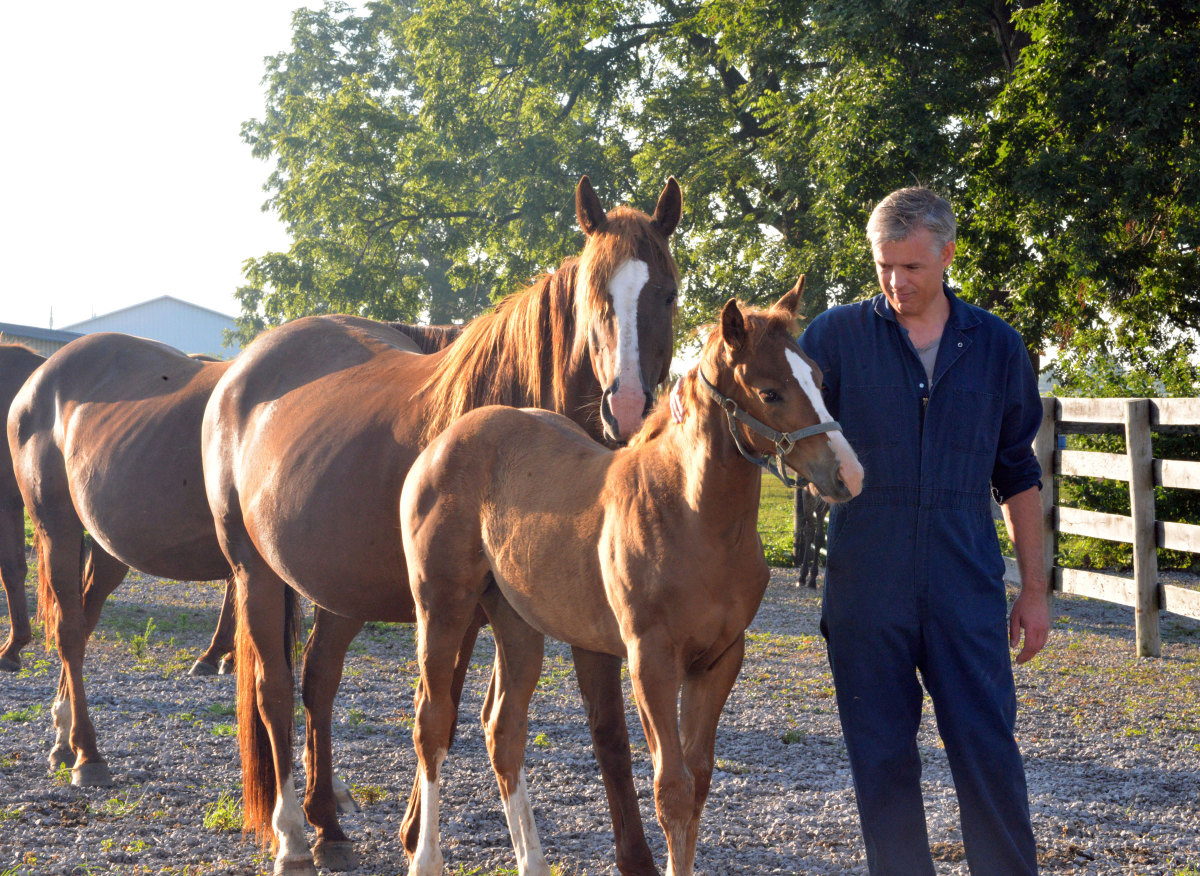
The authors of this paper noted in the highlights that, among other points, “seasonality, housing and age distribution can largely impact study outcomes;” “efficacy against encysted cyathostomin stages is particularly complicated,” and provided guidelines for determining egg reappearance periods.
The authors also noted that, “This guideline should assist investigators in the evaluation of anthelmintic drugs in horses by using comparable and standardized procedures in studies with appropriate numbers of animals.”
According to the introduction section in the paper, the “World Association for the Advancement of Veterinary Parasitology (WAAVP) guideline for evaluating anthelmintic efficacy in equines were first sanctioned by WAAVP and published in 1988 (Duncan et al., 1988). A second edition followed in 2002 (Duncan et al., 2002). The aim of the current WAAVP guideline is to establish uniform international processes for a meaningful evaluation of anthelmintic drug efficacy and to incorporate new insights.”
“World Association for the Advancement of Veterinary Parasitology (WAAVP): Third edition of guideline for evaluating the efficacy of equine anthelmintics” was authored by Martin K.Nielsen, Georgvon Samson-Himmelstjerna, Tetiana A.Kuzminac, Deborah C.K. van Doorn, Aranzazu Meana, Steffe Rehbein, TimothyElliott and Craig R.Reinemeyer.
Abstract
“This guideline have been developed to assist in the design, execution, and interpretation of studies to assess the efficacy of anthelmintic drugs against internal parasites of equines, including nematodes, cestodes, and larval instars of Gasterophilus spp. The design and execution of critical and controlled studies are outlined, and their advantages and disadvantages are discussed. Unique considerations for specific target parasites are included. Information is also provided on selection of animals, procedures for randomization, housing, feeding, dosage titration, dosage confirmation and field studies, record keeping and necropsy procedures. Finally, this document includes guidance for group size determination and statistical analysis of study results. This guideline should assist investigators in the evaluation of anthelmintic drugs in horses by using comparable and standardized procedures in studies with appropriate numbers of animals.”
This open access document is available from Elsevier here.








